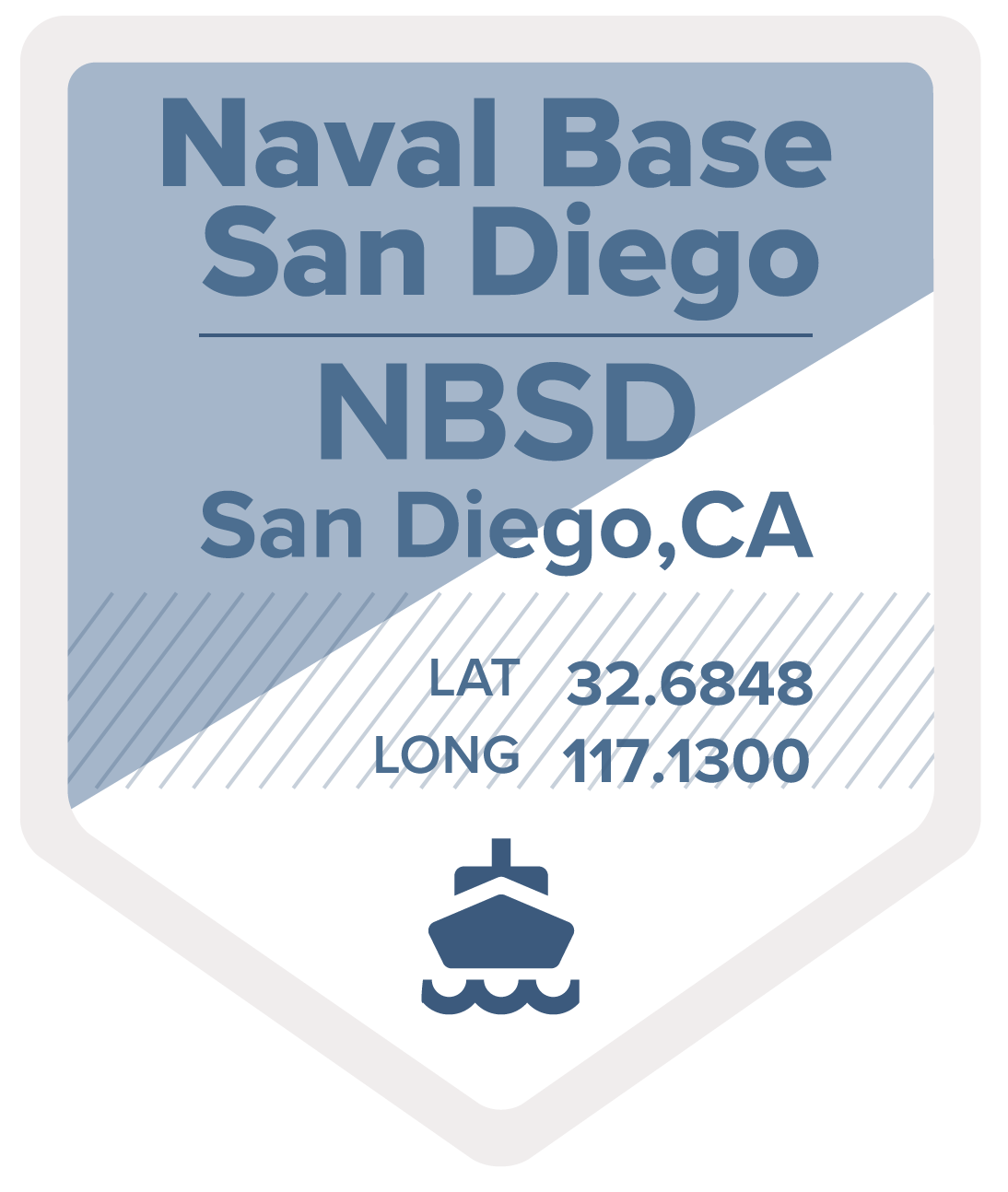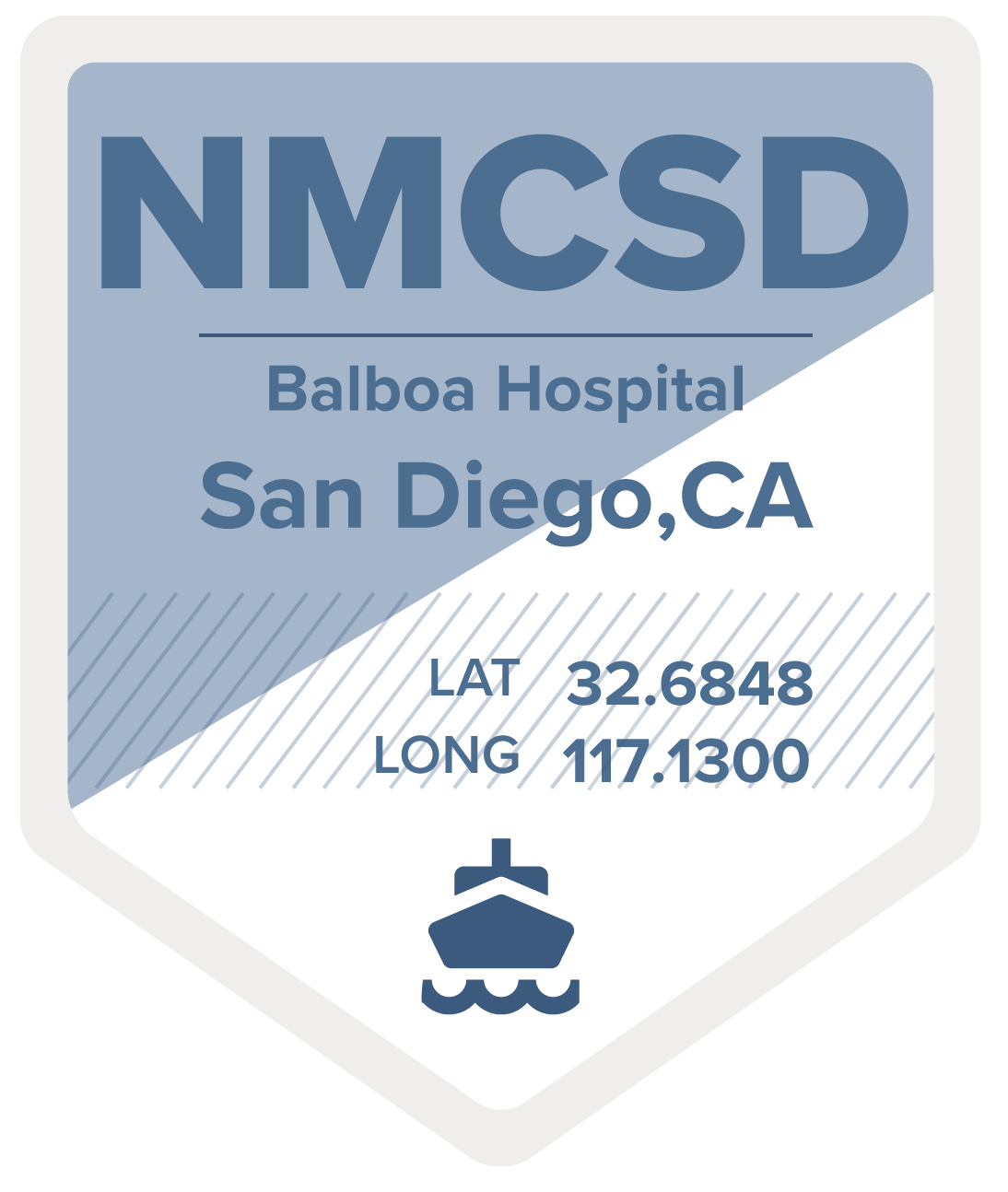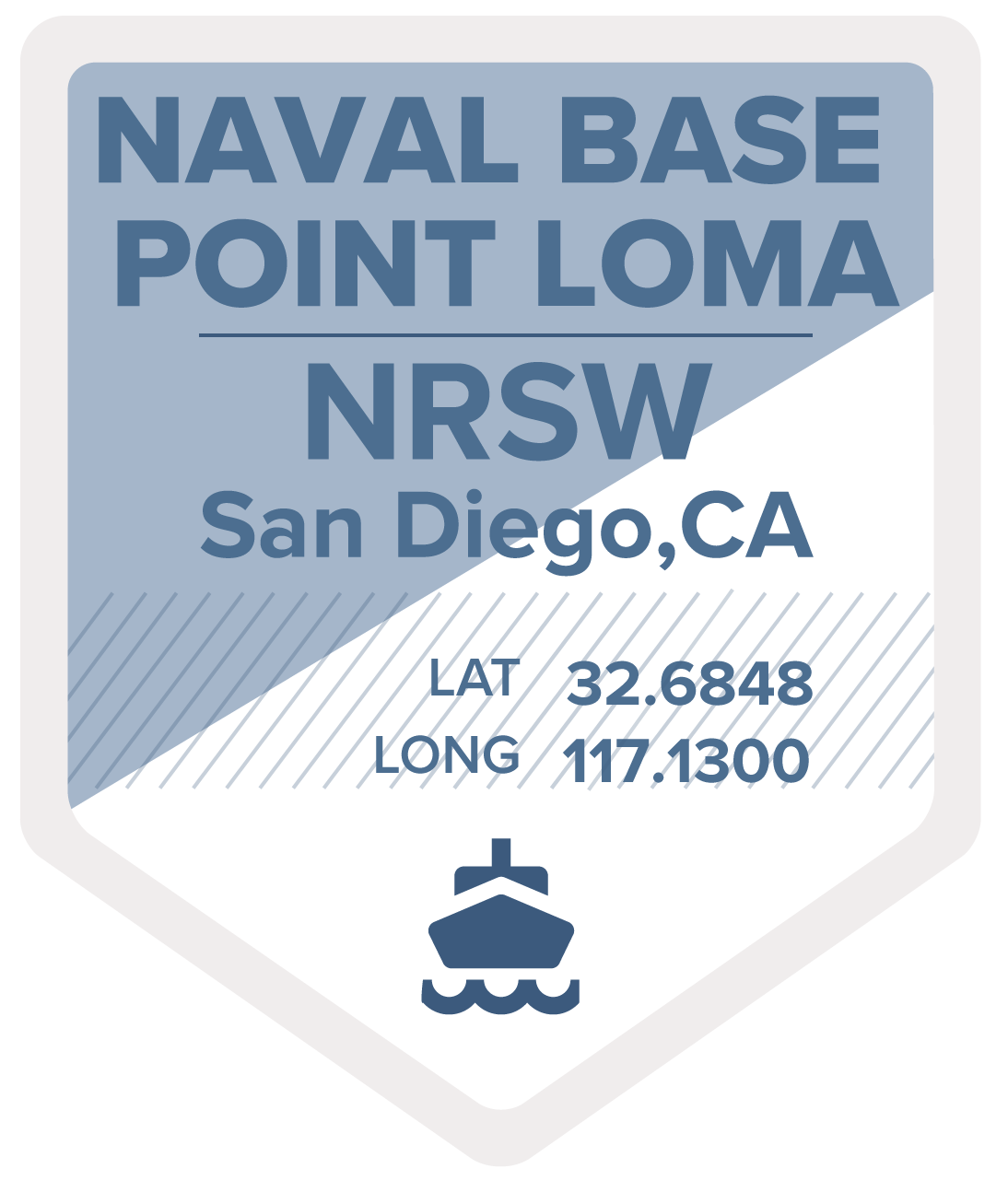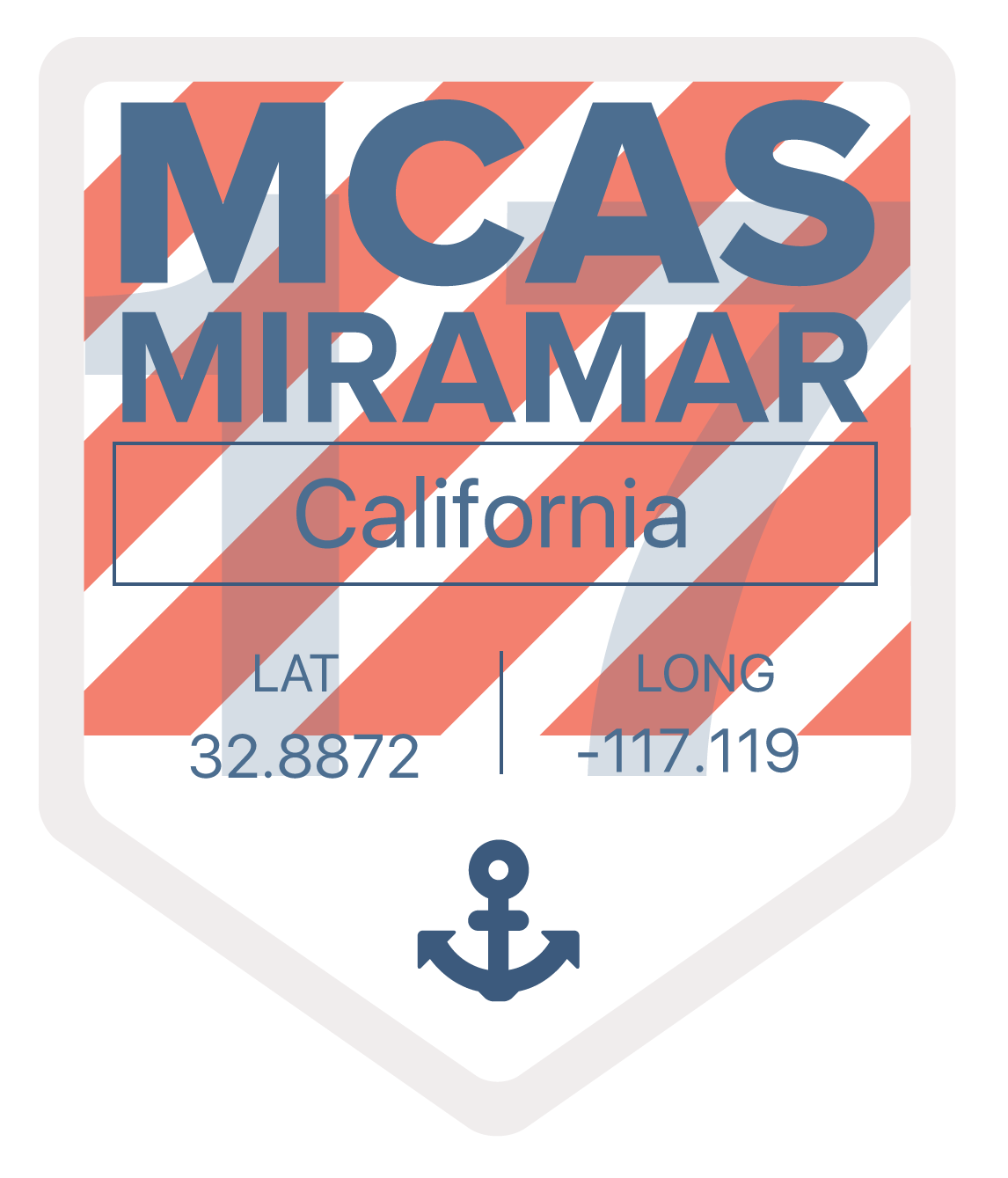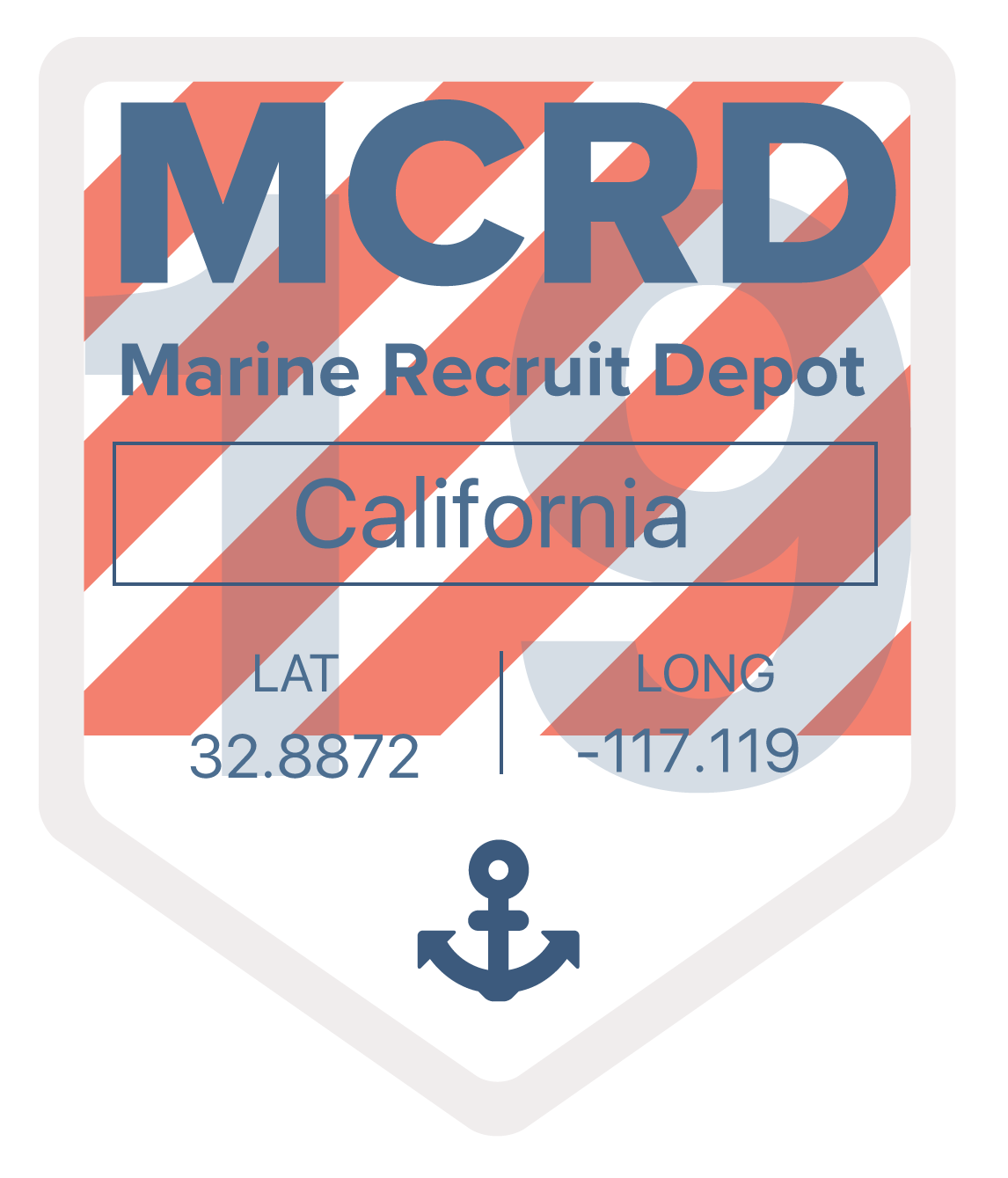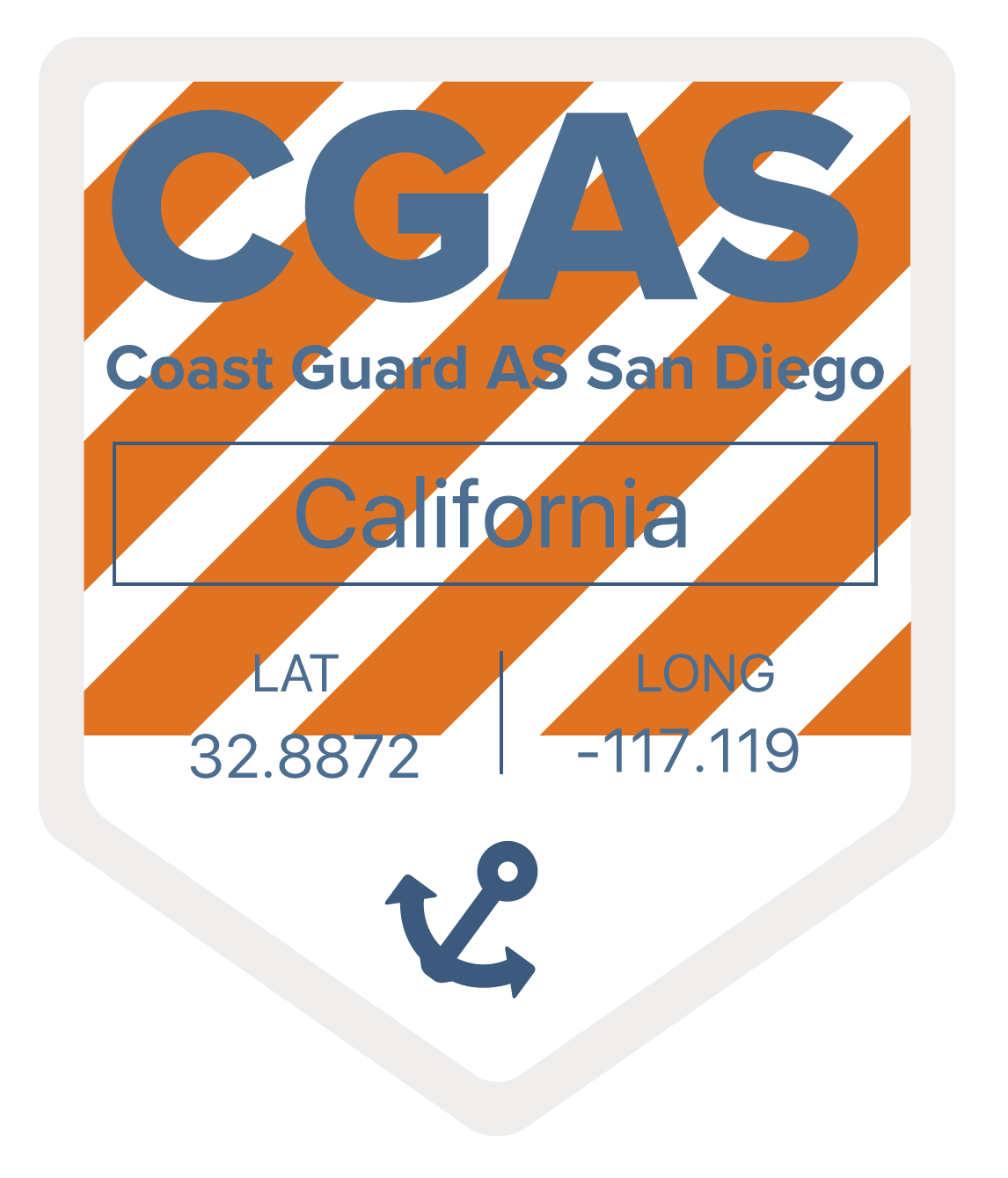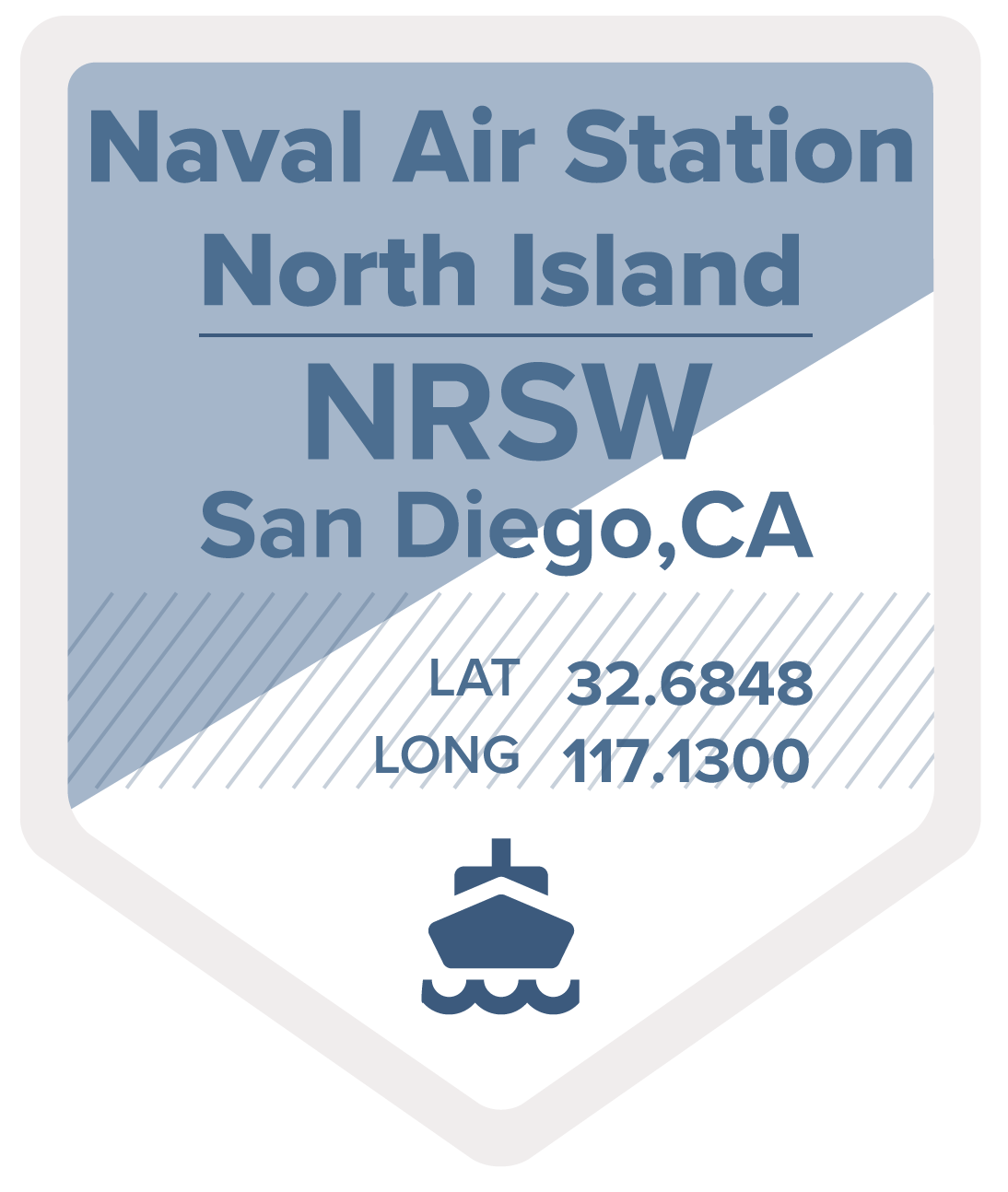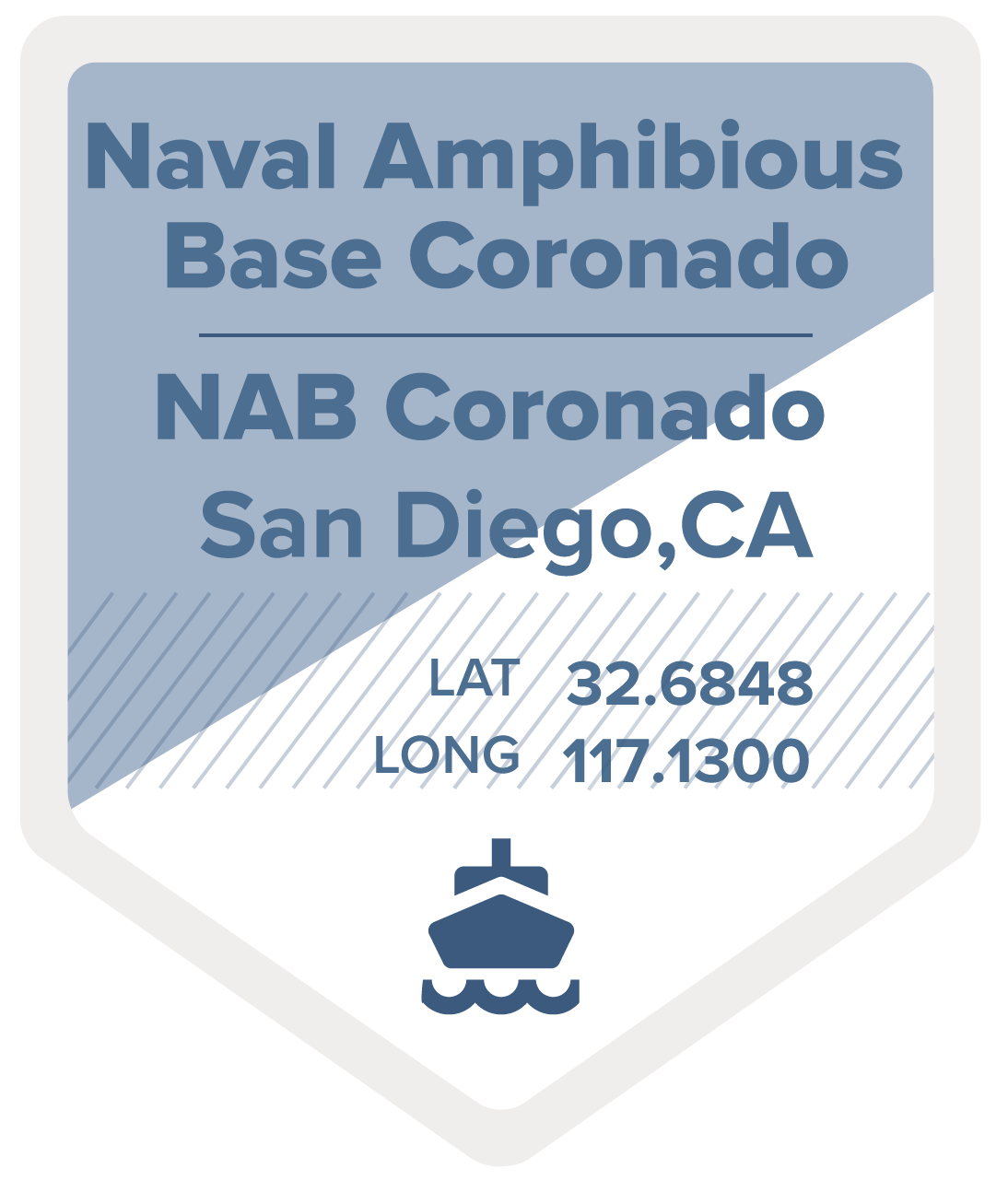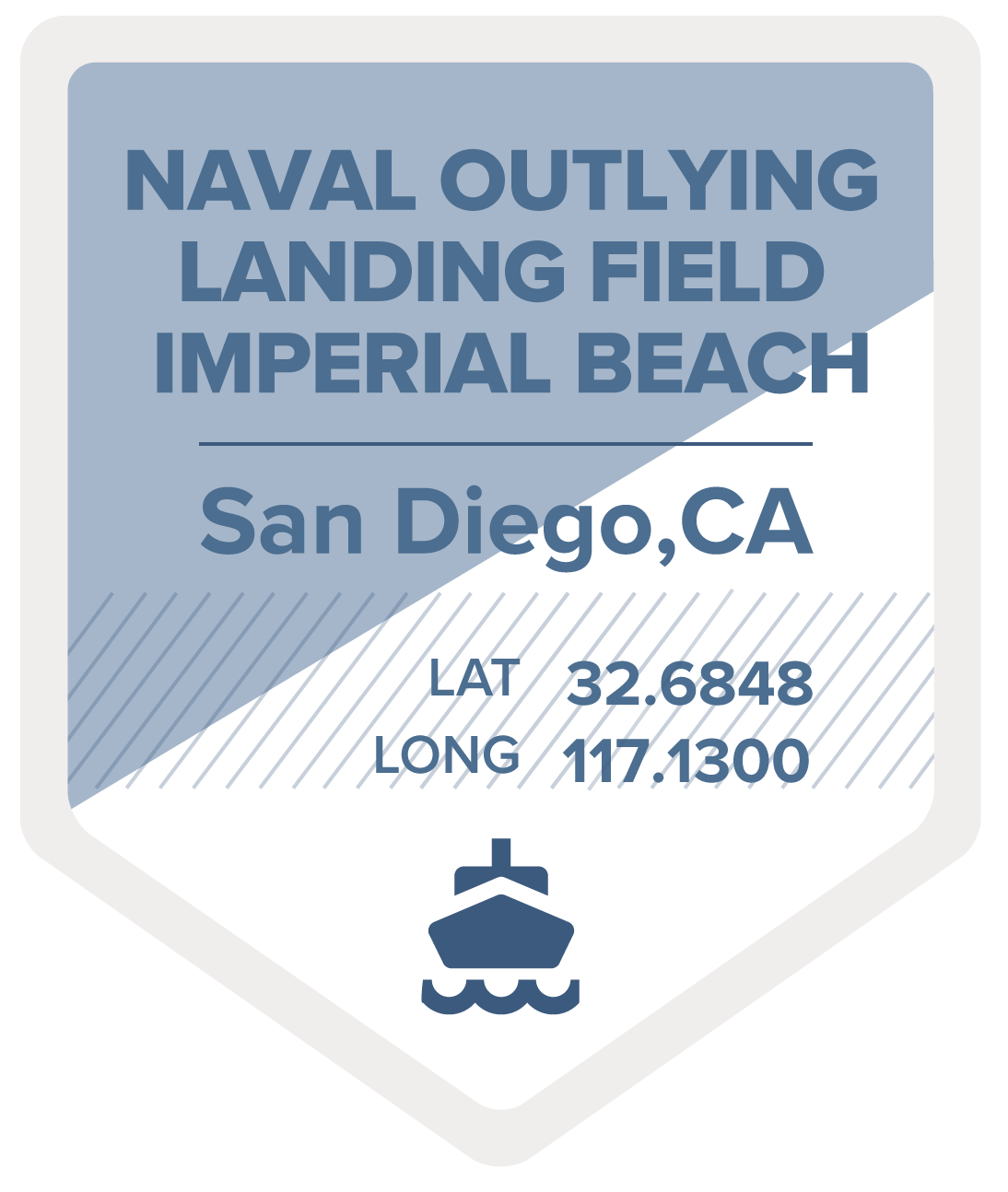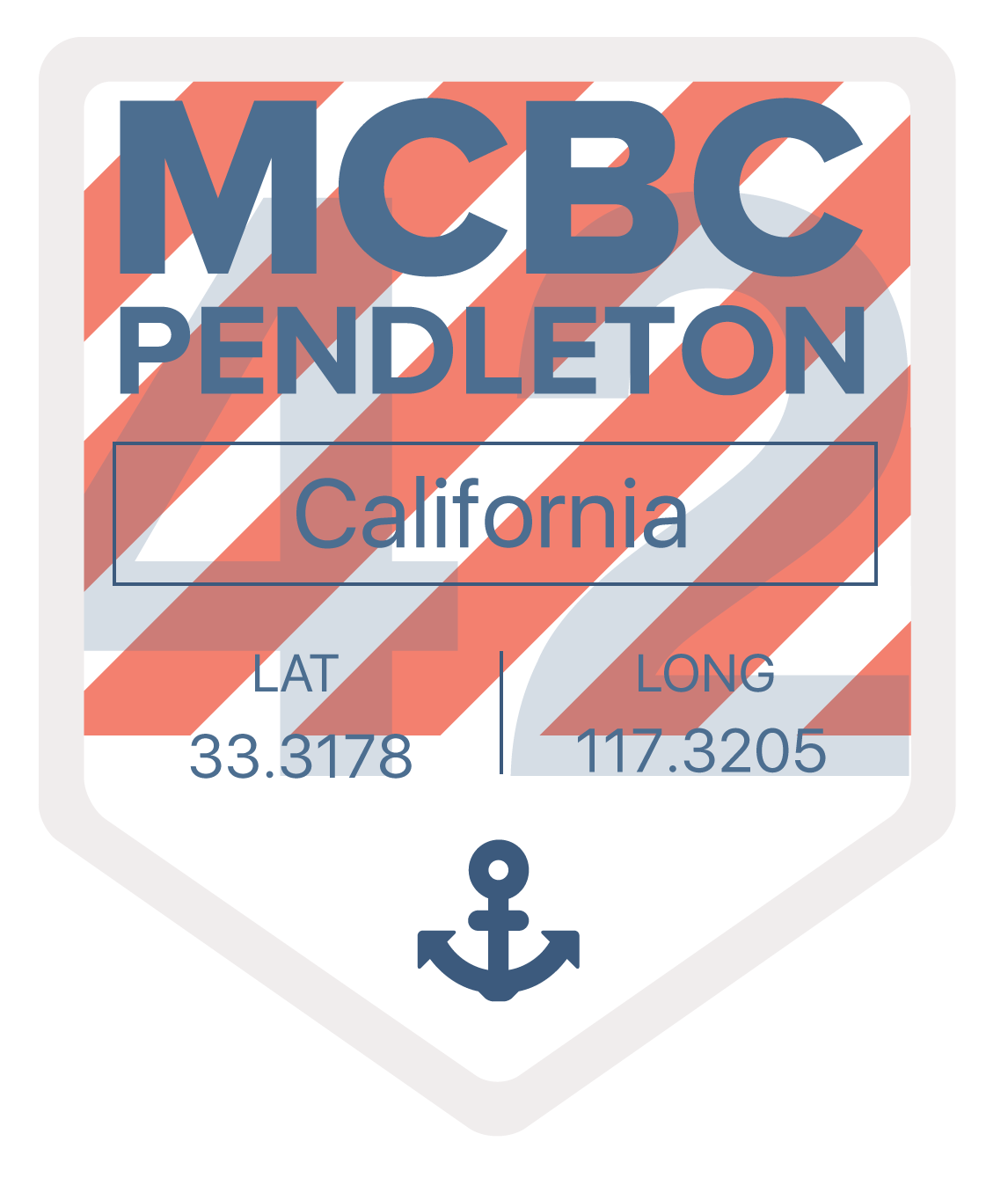About
Wax up those surf boards and grab your sunscreen—you’re headed to Cali, brah! San Diego, California has been dubbed “America’s Finest City” and it’s easy to see why. A near perfect climate, 70-miles of pristine Pacific coastline, fantastic scenery, countless family-friendly activities, outdoor adventures aplenty, gnarly surfing, and world-class golfing all make an assignment to San Diego one that military families cherish, and help explain why so many choose to retire in the area.
San Diego is home to several Navy, Marine Corps and Coast Guard bases. Because of its strong military ties, most locals and businesses are very military family-friendly. Some school districts are even doing away with year-round calendars to better accommodate families during the PCS season.
Southern California is known for both mellow weather and mellow people. Inland towns can experience warmer temperatures, but the coastal regions maintain mild 65 to 80 degree temperatures year-round with breezes coming in from the Pacific. The “May Gray” and “June Gloom” that the coastal regions “suffer” refers to the fog that rolls in during the early summer months. The fog keeps daytime temperatures low until the sun burns it off in the late afternoon. Otherwise, the area maintains a glorious, Mediterranean-like climate with continual ocean swells ideal for epic surfing.
Speaking of surfing, we should probably take a second to talk about surf culture. San Diego is known for some of the best beaches for surfing and a reverence for the history of the sport that is woven into everything from the food to the local lingo. Flip flops, shaggy hair, and untucked shirts are the norm. You’ll often find locals taking lunch breaks on the beach or families catching a sunset after dinner. Whether you’re a maverick or totally new to surfing, take a second to acquaint yourself with local surf etiquette before you start shredding. Be realistic about your abilities and find a beach that suits your skills. Also, invest in a wetsuit. This is not the Atlantic and the water is chilly!
San Diego is a large metropolitan area with a population of almost 1.4 million people. The central areas are densely populated, and a robust tourism industry adds to the congestion. In short, there are people everywhere. Some folks need a little breathing room and look to live inland, away from some of the hustle and bustle. Others are okay with sacrificing space and privacy for living close to all the action of downtown or near the water. Be realistic with your priorities and sensitive to your budget.
While commuting is an issue, the roads and highways are well-planned and bottlenecks are infrequent. Most San Diegans live by a “20-minute rule” which means that they try to limit their commutes (or travel time to the beach) to 20 minutes or less. If you can’t live near the water, try to situate yourself close to a freeway. Average commute times in San Diego are 25 to 30 minutes; anything much longer than that is considered a hard commute. Traffic does pick up considerably during tourist season (May through September), and parking can be troublesome near most destinations and beaches. Also, if you do find parking, don’t be surprised if your Suburban doesn’t fit in the space—Prius drivers are common in this eco-friendly environment. Touring up and down the coast is made easy by the Coaster Train and the Amtrak Surfliner.
If you’re not out enjoying the gorgeous beaches and picturesque hiking trails, you can try the San Diego Zoo and Safari Park, LEGOLAND, Balboa Park, the USS Midway Museum, or the Birch Aquarium. And don’t forget that San Diego has a dining and beer scene that is the stuff of any respectable epicurean’s dreams. Some of the most fantastic tourism spots on the West Coast are within a few hours drive from San Diego. Temecula’s Wine Country, Palm Springs, Borrego Springs, Disneyland in Anaheim, Los Angeles, and Joshua Tree National Park are all just an hour or two away. The Pacific Coast Highway starts at Dana Point in Orange County and can take you as far as your heart desires up the scenic California coastline. You can head into the nearby mountains for hiking or camping (or glamping), or explore the desert. Mexico is just across the border to the south and you can fill your cultural cup, and your stomach, in Tijuana, Ensenada, or Valle de Guadalupe. Pick a destination and go on an adventure! The abundance of “memory-making” excursions is truly one of the coolest perks to living in California—and certainly something you won’t experience at many other duty stations.
Finding A Home
The first step in choosing where to live is to determine your priorities. There are three main values, if you will, to consider: Home Size, Home Price, and Schools. On each page, we’ll break down some of the more popular areas for military families, and explain which of these values you may be sacrificing to live there. Once you determine your priorities, MILLIE can help you narrow down candidates for your new neighborhood!
Pro tip: If you come armed with this info before chatting with a real estate agent, they’ll have an enormous leg up in helping you find a home quickly. Efficiency and knowledge are crucial in this hyper-competitive real estate market.
Home Size
Typically, Southern California homes are between two and three bedrooms, max. Most are built in the Spanish stucco style with red-tiled roofs. Homes closer to the coast probably won’t have central A/C, but if you’re inland you will definitely want home cooling. Some of the newer subdivisions have been built with modern families in mind, meaning you can find more than three bedrooms and slightly larger yards. The beach is often the primary consideration when it comes to “location, location, location.” House sizes shrink and prices go up as you get closer to the water. If living close to the beach is a priority for you, don’t be afraid to look into condos or townhouses—many of which have pools and community amenities that can be a supplement to indoor living space. Also, don’t get hung up on needing a certain size home—we’re looking at you, the “I have to have 3,000 square feet” people. Put those kids in bunk beds and enjoy the beach. The weather in San Diego is so nice that you’ll want to be outside year-round anyway.
Home Price
San Diego is a pricey market and the cost of living in California is higher than the national average. There is also a very competitive real estate market, where bidding wars and above asking price cash offers are common. Generally speaking, you’ll be paying more per square foot the closer you are to the water. There are also many factors unique to California that could potentially price you out of a neighborhood before you even start touring homes, so let’s look into what you need to know.
Mello-Roos – There is a tax called Mello-Roos, that you’ll need to get acquainted with if you plan on buying a home in California. Long story short, some communities have the designation of being a Community Facility District (CFD), and they impose an additional property tax to help pay for schools, roads, utilities, and services like police and fire protection. This Mello-Roos tax is above and beyond your typical property tax, and can sometimes be upwards of $500 per month. Do your research before you set your heart on a house! The fees add up, and you could be spending well above your BAH. An experienced AgentHero can help.
Utilities – Be sure to identify whether or not your potential home has air conditioning. Keep in mind that utility bills for homes off post can routinely exceed $300. Living near the coast gets you the coastal breezes, so most people say that not having A/C here isn’t a deal-breaker. Pay close attention to this as you search farther inland.
HOAs – Homeowners Associations are the norm for most subdivisions, but also be on the lookout for community and city-wide HOAs as well. That sparkly, new neighborhood with a fitness center, pool, and meticulously kept golf course is paid for somehow…
Schools
Most servicemembers without children will probably just want to be as close to the water as possible. Those with children will likely look at communities farther inland to find good schools in affordable neighborhoods. We use data from GreatSchools.org here at MILLIE, but that doesn’t always show the entire picture. Look at the school or district’s report card from the California Department of Education. Interview potential schools. Take into account all of the factors that could influence test scores, but aren’t necessarily reflective of the quality of education (ie. a high percentage of students whose primary language isn’t English). There are several options when it comes to education models in California, and we’ve identified some schools in each area that come recommended by military spouses. Also, there are no DoDEA schools in California, so even if you live in base housing you need to pay attention!
Traditional Public Schools
Traditional Public Schools are operated by the California Department of Education. Students that reside within a school zone are able to attend their neighborhood school, but California public schools also offer open enrollment and intradistrict choice, meaning your child can attend any school inside or outside their district upon approval and space availability. Students at low-performing schools can also attend a different school in their district. Many of the public high schools are considered “schools of choice,” where any student in the district can select which school to attend. A lottery is held if there are too many applications. Some are fantastic and offer truly incredible experiences for students—you won’t find Surfing as an elective at many other duty stations. Sometimes parents automatically look beyond traditional schools, but do your research and you might find a great option for your children. While charter schools seem to get all the love, we heard of several instances where parents pulled their kids out of the local charter to attend their traditional neighborhood school instead.
Charter Schools
Charter schools are public schools that have private oversight and come in a variety of educational models. Charters have zoned districts where your child may attend if you live within the district, or you can also take advantage of California’s intradistrict choice to apply for a school in another district. The charter schools can offer traditional, site-based instruction (meaning your child goes to a classroom daily), independent study programs (parents are provided the curriculum and materials for homeschooling), or a hybrid of both models (one day of classroom instruction per week).
Magnet Schools
A magnet school is a school in the local public school system that operates under the same oversight and school board as public schools. Magnet schools typically have a specific focus, such as STEM (Science, Technology, Engineering, and Math), the arts, or vocational paths. There are many Montessori magnet schools in California. Magnet schools typically accept a small percentage of applicants, therefore lotteries are common, but living within the school’s assigned district can help with acceptance.
Private Schools
As always, you may opt for a private school education for your child if the neighborhood school options don’t excite you. This is a pricey option, but viable for some. Private schools can either be religious based or nonsectarian, and are a popular choice for preschool.

